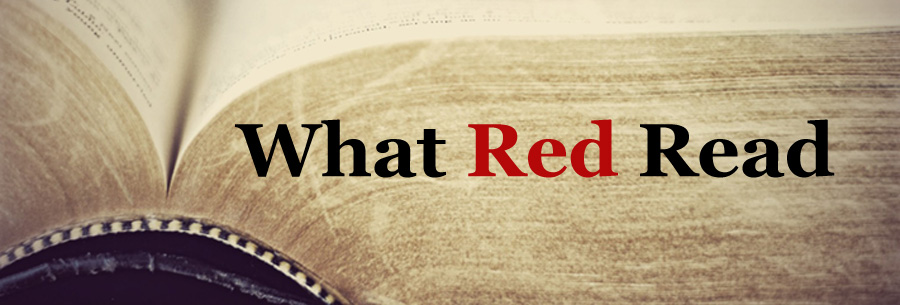I loved this book, even after more than a week has passed since I finished it. I let the book percolate and I'm still in love with it. I mentioned that other bloggers had good things to say and if you want real, well-thought out reviews, you should check them out. I posted links at the bottom of this post. I can't promise my thoughts are going to be entirely coherent.
The book is a collection of linked short stories. Egan says she considers the work more of a novel instead of short stories but I don't see it that way. I also don't believe that considering this book a novel would have improved it anyway. The themes of time and lost innocence are driven home by the short story format. You're getting brief moments in the characters' lives as they try to understand how they got to the point that their at or questioning where to go next, not in an optimistic I-can-do-anything type of way but in a what-options-are-left way. Arguably you could say Bennie and Sasha are the main characters, but I think that would be misleading. They are the primary connection between everyone but claiming they're the main characters suggests that the various stories are about them instead of about the medley of characters. Part of the joy is that even though the characters are all connected, when you're reading a story about Bennie's then wife, you're not reading about Bennie from someone else's point of view, you're reading about Stephanie, who happens to be married to Bennie. The characters may be questioning how time has passed them, but you're pulled fully into the moment. Egan's writing just grabs you.
As the book started getting more and more popular I kept hearing about the PowerPoint chapter. Have you gotten to the PowerPoint chapter? What'd you think about the PowerPoint chapter? So when I turned to that first page of the PowerPoint chapter I couldn't help but think "Let's see what all the chatter is about". It's a gimmicky style, sure, but the style works. It's a diary of sorts by Sasha's daughter, titled Great Rock and Roll Pauses, the current obsession of her (probably) autistic brother Lincoln. She's not chronicling specific events as a typical journal might. Instead she is trying to understand her family, especially her parents, and uses various charts, bubbles, bursts of test that a PPT format offers. Alison is still young so she's not looking at lost innocence or how time has passed her by, but Egan keeps the theme of time going through the parents and Lincoln's pauses. There's a great quote (yes you can quote a PPT) from Lincoln:
"The pause makes you think the song will end. And then the isn't really over, so you're relieved. But then the song does actually end, because every song ends, obvious, and THAT. TIME. THE. END. IS. FOR. REAL." (281)If you haven't read this yet, please don't let the Pulitzer win scare you off. It's a wonderful collection of stories and as I said, one of my favorites for the year.
Here are those posts
The Reading Ape - and it's almost a year ago!
*I regularly walk into walls and trip going up stairs, so you'd think by now I'd be used to looking dumb.
Title quote from page 127
*I regularly walk into walls and trip going up stairs, so you'd think by now I'd be used to looking dumb.
Title quote from page 127
Egan, Jennifer. A Visit from the Goon Squad. Anchor Books, 2010.

